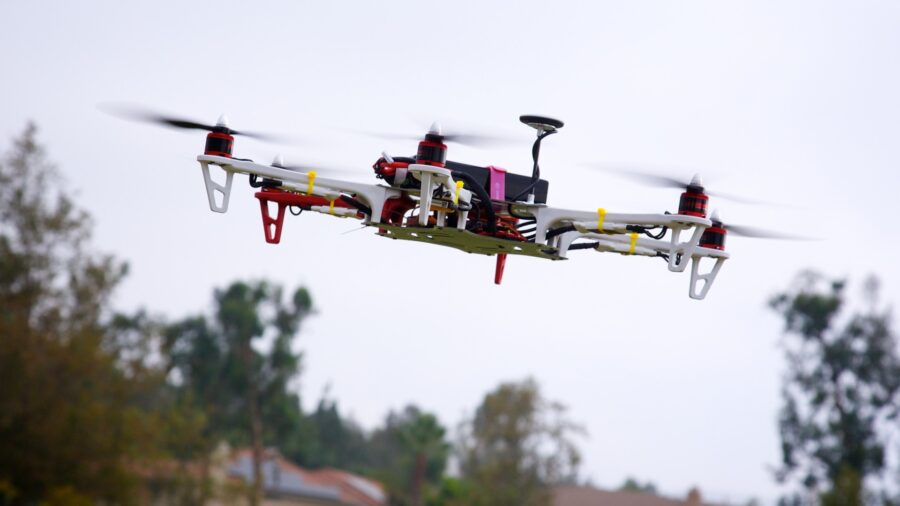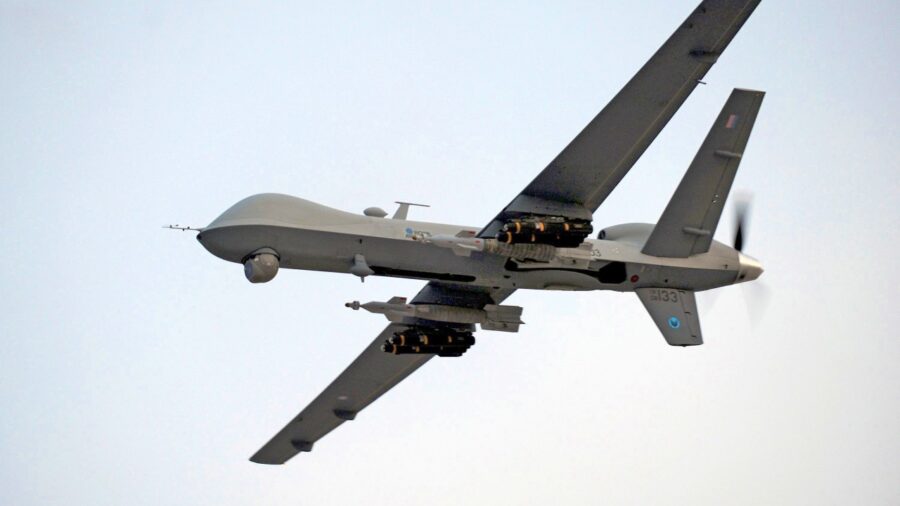The Terrifying Bird Drones Flying Around Without A Need For Power

Scientists in the Netherlands have developed a bird-like drone that uses artificial “wings” to stay airborne. At approximately 1.5 pounds, the device demonstrated an astonishingly low reliance on its propellers, using them only 0.25 percent of the time while hovering in a controlled wind tunnel. By contrast, the standard flight mode necessitated propeller usage of 38 percent.
To put this into perspective, the powered thrust was reduced by over 150 times, showcasing a substantial enhancement in the bird drone’s efficiency. The researchers have dubbed this unique mode of flight “orographic soaring,” a technique akin to what birds do to soar by riding air currents upward while skillfully adjusting their descent rate to maintain equilibrium.
Bird-like drones that utilize “orographic soaring” can stay airborne with geneterating thrust through propellors or onboard motors.
According to The Btye, a previous iteration of the bird drone experiment didn’t use propellers at all, demonstrating the potential of this innovative approach. Replicating the intricate mechanics of biological flight is a formidable challenge. Remarkable birds like the Condor have elevated flying into an art, exemplified by nonstop soaring over five hours.
By comparison, even the most advanced consumer drones can only manage about 30 minutes of flight time. One of the most significant hurdles for bird drone designers is achieving consistent propulsion output, often called “flight endurance.” Beyond this, birds’ distinct advantage over machines lies in their intuitive grasp of wind dynamics.
This natural skill enables them to harness unpredictable gusts like a captain manipulating a ship’s sails. The researchers targeted this innate advantage, devising an autonomous algorithm to regulate their bird drone’s responses to shifting wind patterns. This algorithm processes data from various sensors during flight, including airspeed measurement, GPS navigation, and visual input from a camera.
By copying a bird’s techniques for staying airborne, drones could be airborne for over 150 times longer, stretching into days or weeks of flight time.
“When the wind field changes, it adapts to the environment and changes its position autonomously,” lead author of the yet-to-be-peer-reviewed study and Aerospace Engineer at Delft University of Technology in the Netherlands, Sunyou Hwang, explained. “It always tries to find a new position if its current position doesn’t work – it’s very flexible.”

While the achieved flight durations did not surpass 30 minutes, the accomplishment is noteworthy given the bird drone’s simplistic design and minimal reliance on propulsion and external intervention. However, the drone’s true test lies beyond the confines of the wind tunnel.
Jonathan Aitken, a Professor specializing in automatic control and systems at the University of Sheffield, praised the promising outcomes for application in compact drones. Nonetheless, he highlighted the need for the bird drone algorithm to swiftly adapt to real-world wind dynamics to ensure optimal performance.
Scientists have often looked to nature for inspiration regarding drone design. The United States Air Force Research Lab used birds to re-imagine drone flight by moving away from conventional propulsion methods. Flapping-wing micro bird drones, a brainchild of this initiative, closely replicates the intricate biomechanics of actual bird flight.
“When the wind field changes, it adapts to the environment and changes its position autonomously, it always tries to find a new position if its current position doesn’t work – it’s very flexible.”
Sunyou Hwang, drone engineer
Rather than relying on fixed wings or propellers, these bird drones incorporate wings that flap, imitating the elegant motion of birds in flight. This innovative approach offers numerous advantages, most notably enhanced agility and maneuverability.
Recent advances in synthetic biomaterials, uncrewed aerial vehicles (UAVs), and artificial intelligence have propelled the concept of ornithopter aircraft to the forefront of drone innovation. Ornithopters, aircraft that achieve flight through the rhythmic flapping of their wings, closely emulate the mechanics of bird flight.
As technology advances and our understanding of bird flight mechanics deepens, further breakthroughs in bird-inspired drone design can be expected. These innovations hold the potential to reshape industries, redefine aerial capabilities, and unlock possibilities innovators have only begun to explore.












